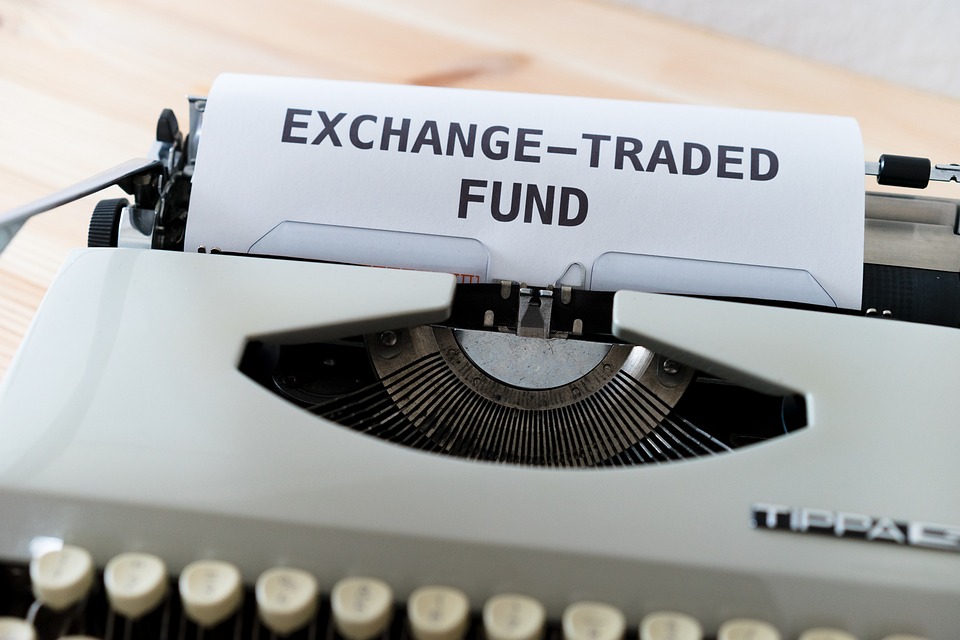The Biggest Risks In Investing In Exchange-Traded Funds

Image Source: Pixabay
Right now, index investing accounts for 53% of the fund market. These passive funds also control nearly 20% of the stock market. That’s a massive increase from 1993 — when the same funds accounted for less than half a percent of the stock market, and just 3.7% of the mutual fund market.
These funds, which make it easy to invest in massive indexes like the S&P 500 and the Nasdaq Composite, have become so popular that some experts believe they may now be distorting market performance. And that’s a serious cause for concern if you’re a stock investor.
But first, it’s critical to understand why and how index investing got so popular — so you can see why this generational investing trend is about to do a 180.
Building a Better Mousetrap
Historically speaking, Main Street investors have a hard time making money in the stock market. A study from OneDigital looked at 20 years of stock market history and found that retail investors averaged a 2.1% annual return, compared to 8.2% for the S&P 500. Another study from SeekingAlpha put the number even lower, with the average investor taking home just 1.9%.
So, why do retail investors keep underperforming? Honestly, that’s a whole separate discussion. However, one of the key factors (and one of the most overlooked differences) is that the S&P 500 is actively curated.
When a stock in the S&P 500 underperforms, or if it falls below a certain price threshold, it gets yanked out of the index on the spot. And its replacement is carefully selected from the market’s most promising prospects.
In other words — you’ve got “mom and pop” investors going up against the experts at Standard and Poor’s. It’s hardly surprising that most investors struggled to keep up. And as the old saying goes, “if you can’t beat ‘em, join ‘em.”
With the introduction of exchange-traded funds (ETFs), investors suddenly had a cost-effective, brokerage-friendly tool that directly tracked the index. For a small fee, these index ETFs would do all the troublesome buying and selling, allowing you to passively track the performance of the S&P 500 (or countless other indexes and “baskets” of assets).
At the same time, investment alternatives like mutual funds were becoming more expensive and less profitable. So, over time, the trickle of cash flowing into index funds grew into an $11 trillion flood.
Exchange-Traded Funds: Too Big to Fail?
With a lower barrier of entry through ETFs and index funds, investors suddenly found a solution for effortlessly boosting their income. No more relying on advisors to gain access to these broad indexes through high-fee mutual funds.
The SPDR S&P 500 ETF (SPY) was the first ETF introduced to the market in 1993. Since then, it has delivered an average annual return of 10.26%. These new funds also appealed to the age-old desire for “diversification,” since each share gave you exposure to 500 different stocks.
But like all investments, these index funds carry risks. Risks which have largely been ignored (at least until now). Because with passive investing, there aren’t any human checks and balances.
If a stock is removed from the index, your fund sells that stock. If a new stock is added, the fund buys it. By definition, these funds are incapable of doing anything other than following/tracking the market over the short-term. And by matching the weighted performance of the index, these funds are also investing the most dollars in the market’s biggest stocks.
Right now, the market’s top six mega-cap tech stocks — Apple (AAPL), Amazon (AMZN), Microsoft (MSFT), Google (GOOGL), Nvidia (NVDA), and Meta (META) — account for 32% of the weighted index.
So, for every $100 you spend on SPY, $32 goes into just six stocks. The remaining 494 stocks in the index get an average of $0.13. So much for diversification.
And by passively tracking the market on such a massive $11 trillion scale, index funds are actively creating an echo chamber effect — driving high mega-cap valuations even further into the trillions.
Of course, these downsides seem trivial when compared to the stable short-term returns of index investing. But we all know where that kind of “too big to fail” thinking can lead in the long run.
A Radical Reversion for Investors
Tesla Inc. (TSLA) was one of the biggest beneficiaries of last year’s “Magnificent Seven” stock rally, with shares more than doubling over the course of the year.
Tesla's stock then proceeded to hit the skids late in December, and a steady stream of disappointing news has already cost the stock half of last year’s gains. It’s more like the “Magnificent Six” now after Tesla's collapse.
Other tech stocks have continued to surge higher, so Tesla's stumble hasn’t cost index investors all that much -- at least not yet. But at the end of the day, you’re still holding a piece of that stock that’s working against the returns of the other market outperformers in that index fund.
Until Tesla or any other laggard is removed from the index (fat chance), you’re on the hook.
More By This Author:
Why Wall Street Gets It Wrong On “High-Risk” Investments
TV’s “Mythbusters” Reveal Secret To Nvidia’s AI Dominance
Ranking The 4 Biggest AI Arms Race Stocks
Subscribe to Green Zone Fortunes by clicking here.











